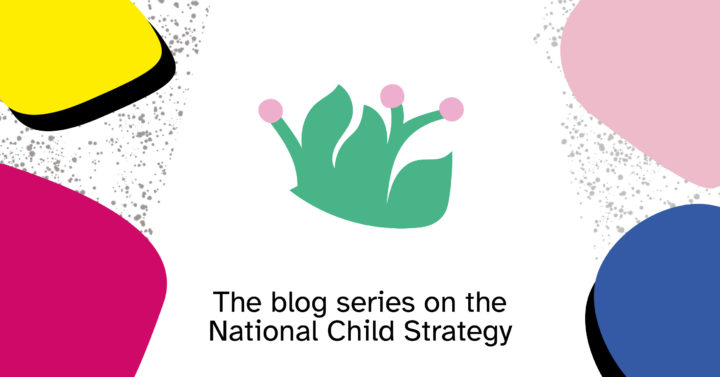More information and understanding needed about the autism spectrum
Blogs
The autism spectrum is a complex, individual condition that is caused by different development of the brain. Children and adolescents might show characteristics of autism in many different ways. How a child interacts with others or shows an intense interest in a certain thing, for example, may be signs of autism. All the same, autism manifests in many different ways and situations and also causes challenges, not least for the child or adolescent themselves.
I would like all adults, including professionals working with children, to see autistic children and adolescents primarily as children and adolescents. Since they are distinct individuals, autistic children and adolescents are often unnecessarily given a negative stamp, which has a discriminatory impact on their lives and can even reinforce autistic characteristics. We adults must be able to take into account the needs of the child and the particular way we see the world. Autism does not mean that there is anything wrong with a child. We need to review our own approach so that the words distinctiveness and difference exclude the idea of defectiveness in our own attitudes.
It’s important to identify a child’s strengths and needs for support
Autism doesn’t just mean functional limitations. It’s important that we identify a child’s strengths and that we give every child the opportunity to demonstrate them and to experience success. We adults are also responsible for identifying needs. We can only do so if we know and understand what autism means and if we look at our own attitudes to the characteristics and the child.
Autism is not outwardly visible and what makes it distinct is that different autistic people might show strikingly different characteristics and the same person might also present differently in different situations and stages of life. Autism characteristics can manifest severely at home, for example, but in daycare they may be less pronounced. This should be kept in mind also during individual meetings with healthcare or at school and daycare, for example.
Autism guide to be written as part of implementing the Child Strategy
Increasing information about autism is one step towards a child- and family-friendly Finland that respects the rights of the child. There is in many ways still a need to identify the characteristics of the autism spectrum and understand their impact on the life of the child and his or her loved ones. Implementing children’s rights calls for decision-makers, social welfare and healthcare professionals, education professionals and the autistic child’s loved ones to recognise the characteristics of the autism spectrum and the variation in how they present.
To promote children’s rights, Autism Finland (Autismiliitto.fi, website in Finnish) will publish an autism guide as part of implementing the National Child Strategy. The guide will provide reliable information about autism, possible forms of support and good encounters. Autism Finland’s experts by experience and autism professionals are involved in authoring the guide, which will be ready in late 2022. The guide will be published online and accessible to everyone.
